Getting started with CrateDB as an MQTT endpoint
How to write a simple Python script that publishes MQTT messages and how CrateDB simplifies this by acting as an MQTT endpoint.
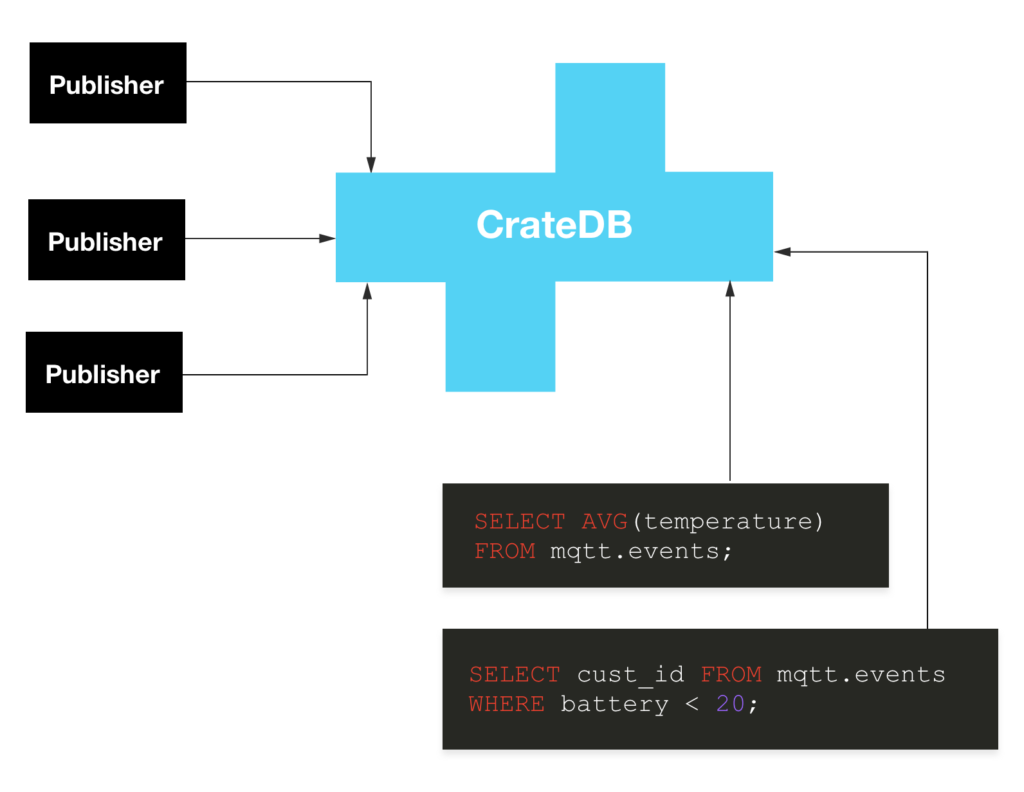
How to write a simple Python script that publishes MQTT messages and how CrateDB simplifies this by acting as an MQTT endpoint.
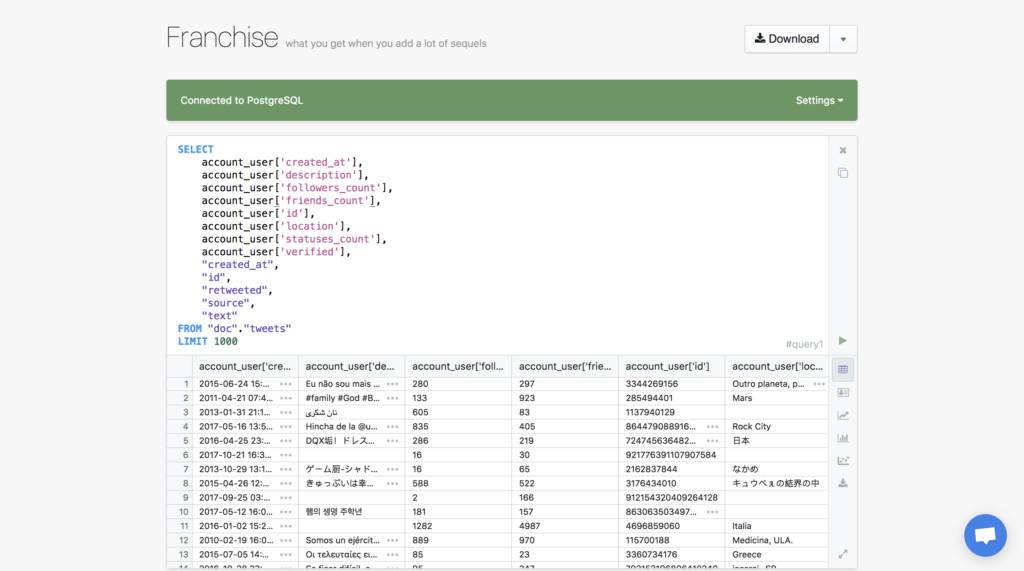
In this blog post we'll show you how to get set up with CrateDB and Franchise using it for a Notebook Interface to Your Data.
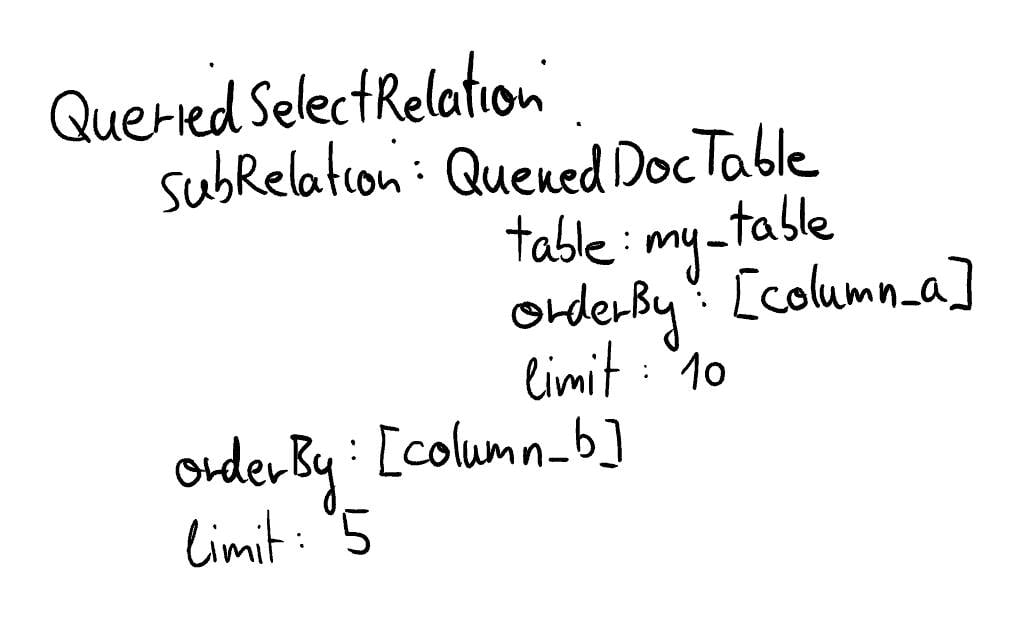
CrateDB now supports non-collapsable subselects. Let us introduce you to the problem, and show you the steps Crate.io took to solve it.
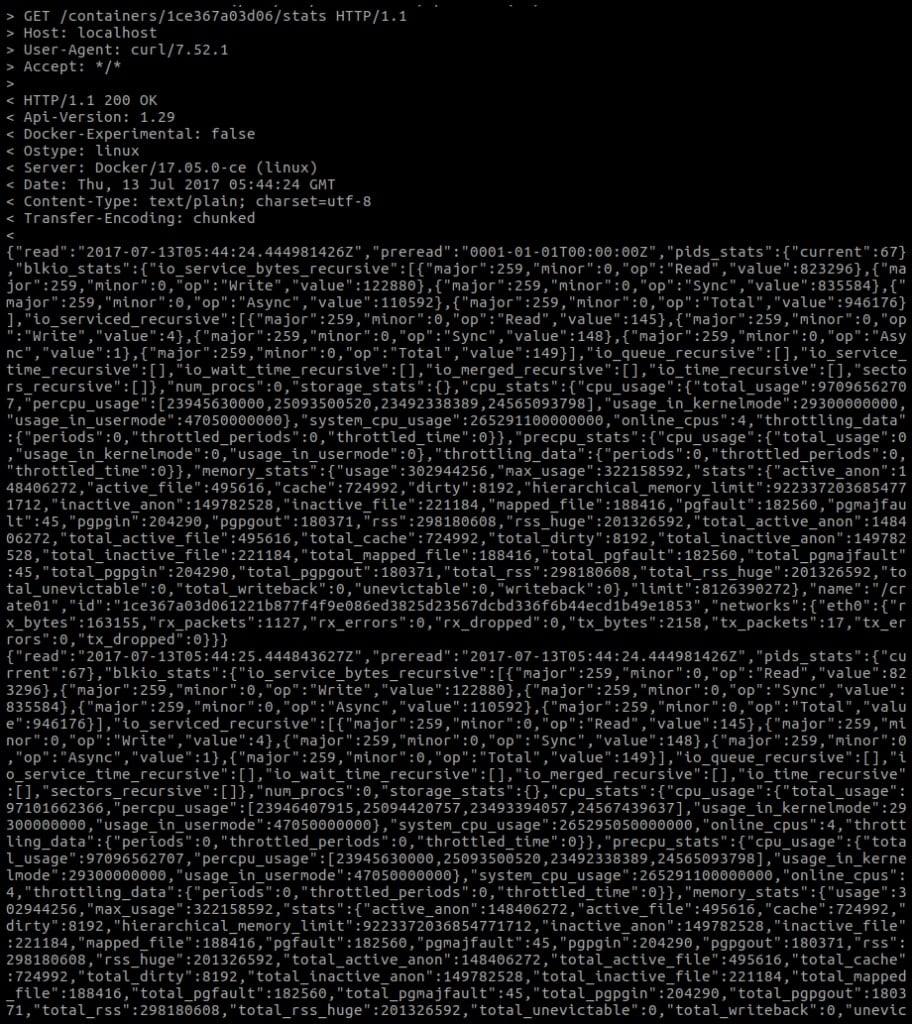
In this blog post, we will set up a small CrateDB cluster with Docker and go through some useful Docker commands that let us take a look at performance.
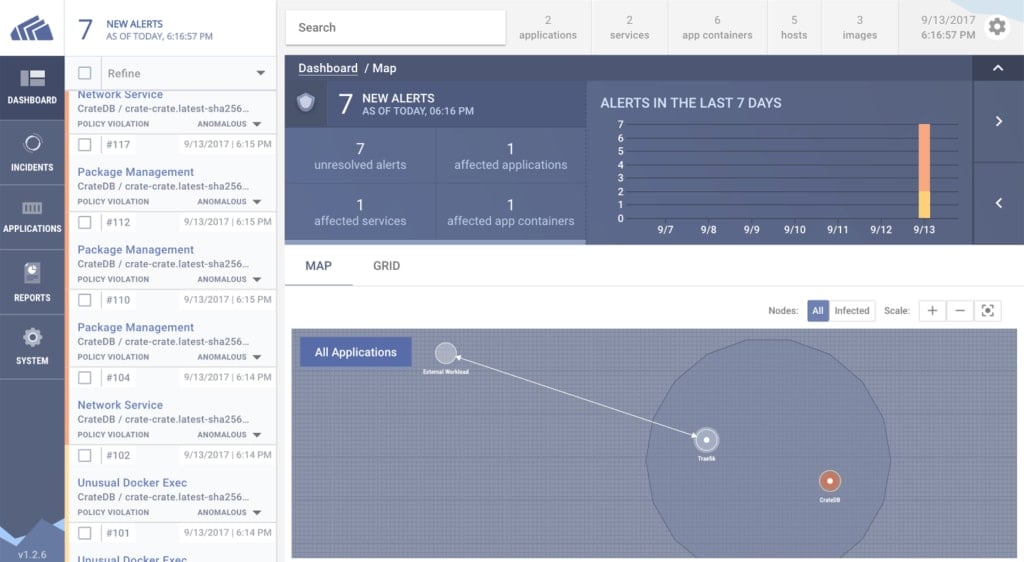
How we deployed StackRox to harden database security on our public-facing, Docker-based CrateDB cluster.
Learn why SQL subquery performance was 260x faster than a left join when querying 4.6 millions rows of ecommerce cross-sell data in a CrateDB database.

How we developed a face recognition app on CrateDB for OSCON 2017. Running on Raspberry Pi hardware, Grafana, and more.
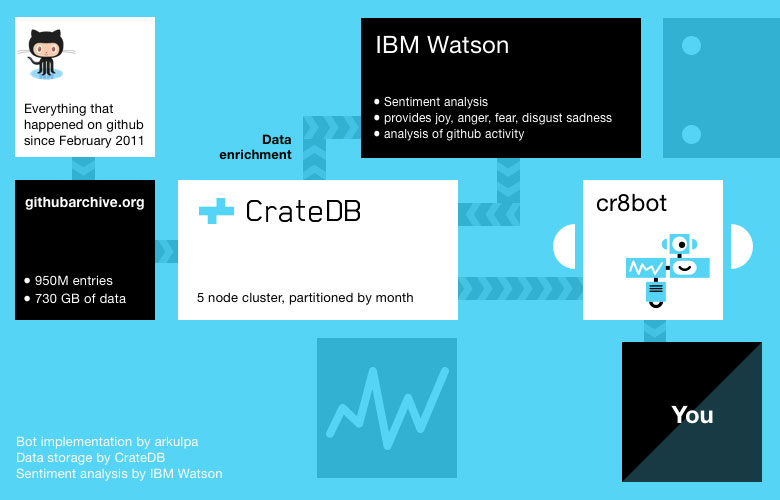
Building a Slackbot that answers questions about project data in the Github Archive. Powered by CrateDB and IBM Watson API.
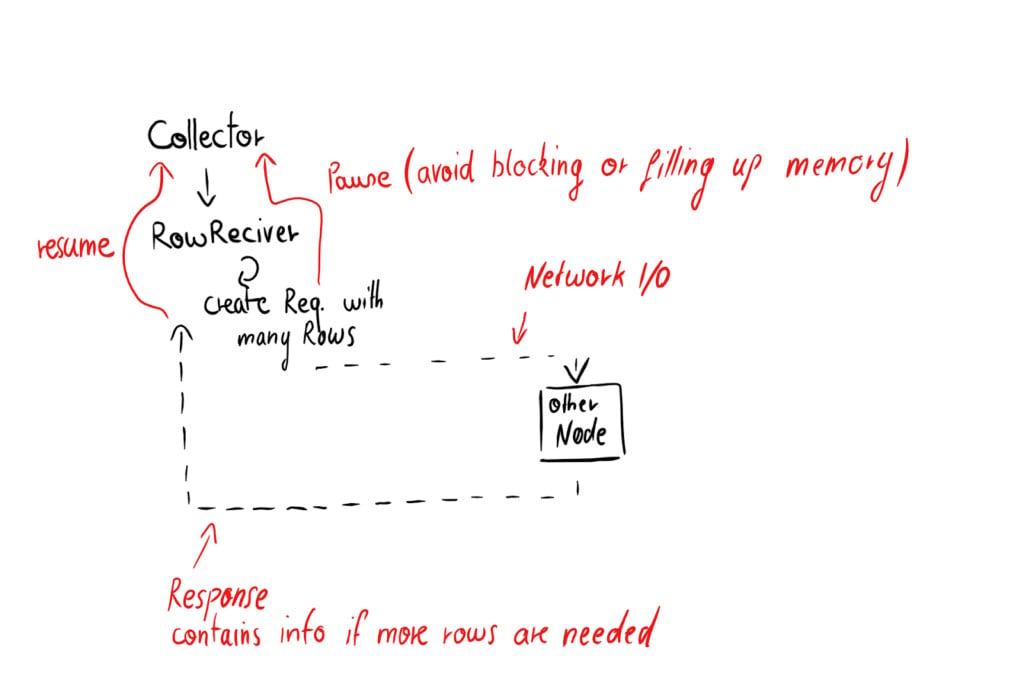
Engineering blog post explaining the CrateDB query processing pipeline and recent modifications to improve it.
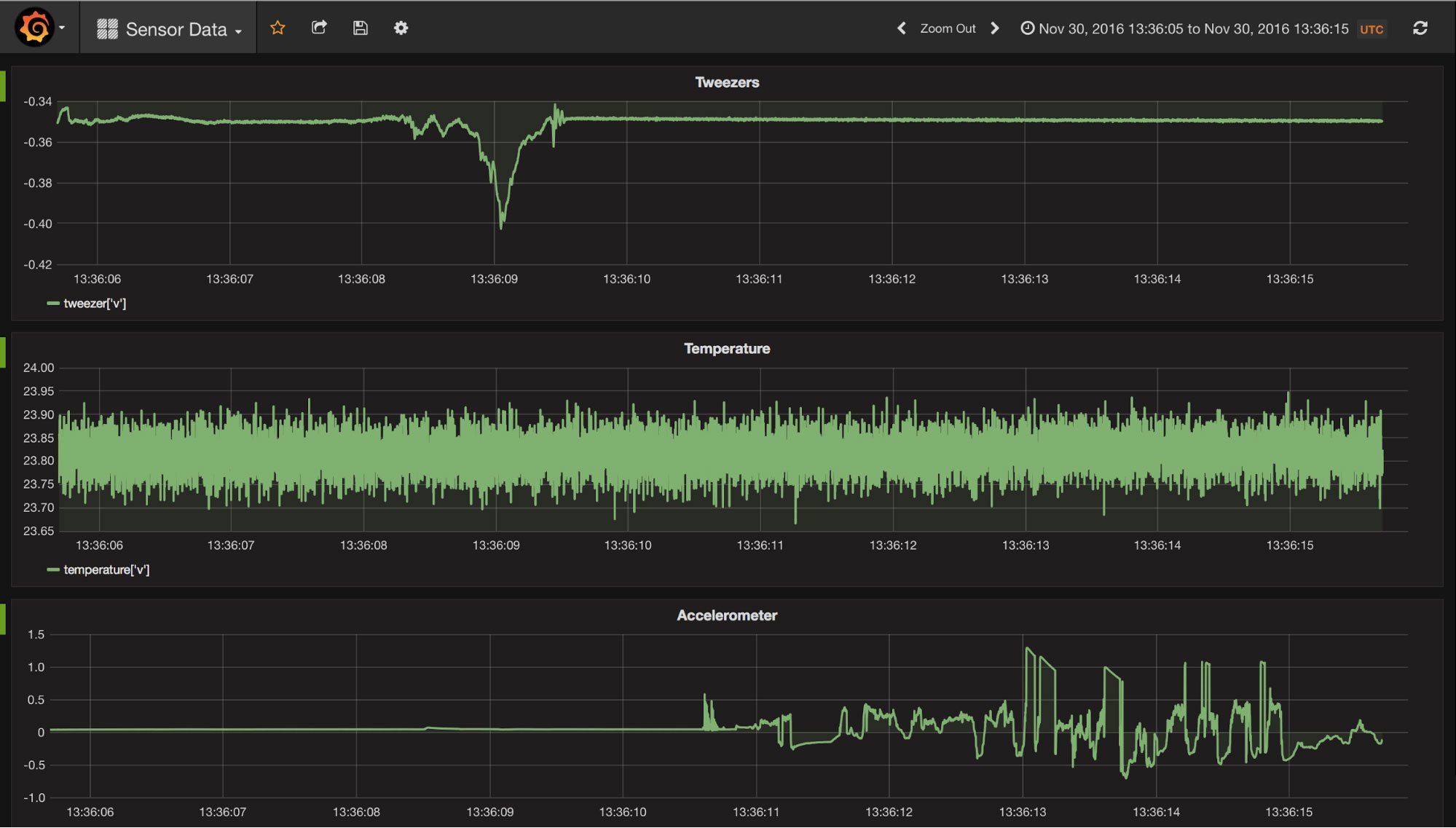
How to use CrateDB and Grafana to create scalable and fast dashboards.